



Fife|1382
The history of the Lordship and Barony of Leslie, in the County of Fife, can be traced from the acquisition of a territory originally called ‘Fythkill’ or ‘Fettykil’ by Sir George Leslie, grandson of Sir Andrew Leslie and Mary Abernethy, likely in the fourteenth century.
It is recorded this was on the provision that for all time to come his heirs should render to the King or his successors, in the name of fee, ‘a pair of white gloves at the Market Cross of Cupar every Whitsunday’.
Footpath to Leslie © 2015 Alan O’Dowd (CC BY-SA 2.0)
Sir George was prominent in national affairs and was raised to the peerage as the Earl of Rothes. In 1458, the town of Leslie Green was erected into a free burgh of the barony. George Leslie, 2nd Earl of Rothes had a Crown Charter of the Barony of Fythkill ‘now called Leslie’. He died around 1512 and was briefly succeeded by his brother William, who was killed at the Battle of Flodden in 1513.
Joseph Swan after James Stewart. Leslie House, Fife. From History of the County of Fife (plate between pp. 188-189) by John Leighton 1840. Public Domain.
and designed by William Bruce. Then in 1731, William Adam was commissioned to landscape the magnificent gardens around Leslie House. This chief family residence so impressed Daniel Defoe that he wrote in 1720 that Leslie House ‘is the glory of the place, and indeed the whole province of Fife.’ However, in December 1763 the house was destroyed by fire. Leslie House was rebuilt anew as a three-storey classical mansion between 1765 and 1767, with later modifications.
River Leven valley, Glenrothes via WikiMedia Commons (CC0 1.0 Universal)
The latter sold Leslie House to Sir Robert Spencer-Nairn (who donated it in 1952 to the Church of Scotland), while retaining the feudal titles, which are currently in the Merello family.
J. Fittler after J.C. Nattes. Leslie House. From Scotia Depicta (plate XXXVIII/b) published by W. Miller Old Bond St. London 1804.|National Library of Scotland (CC BY 4.0)
until fires severely damaged the building in 2005 and in 2009. However, after extensive works, Leslie House is today restored to its former splendour, and is inhabited by the current baron.
Peter Vanderbank, John Erskine, 6th Earl of Mar, 1675 - 1732. Leader of the Jacobite Rising of 1715.|National Galleries of Scotland (CC BY-NC)






Stirlingshire|1563
The history of the Lordship and Barony of Leslie, in the County of Fife, can be traced from the acquisition of a territory originally called ‘Fythkill’ or ‘Fettykil’ by Sir George Leslie, grandson of Sir Andrew Leslie and Mary Abernethy, likely in the fourteenth century.
It is recorded this was on the provision that for all time to come his heirs should render to the King or his successors, in the name of fee, ‘a pair of white gloves at the Market Cross of Cupar every Whitsunday’.
Footpath to Leslie © 2015 Alan O’Dowd (CC BY-SA 2.0)
Sir George was prominent in national affairs and was raised to the peerage as the Earl of Rothes. In 1458, the town of Leslie Green was erected into a free burgh of the barony. George Leslie, 2nd Earl of Rothes had a Crown Charter of the Barony of Fythkill ‘now called Leslie’. He died around 1512 and was briefly succeeded by his brother William, who was killed at the Battle of Flodden in 1513.
Joseph Swan after James Stewart. Leslie House, Fife. From History of the County of Fife (plate between pp. 188-189) by John Leighton 1840. Public Domain.
and designed by William Bruce. Then in 1731, William Adam was commissioned to landscape the magnificent gardens around Leslie House. This chief family residence so impressed Daniel Defoe that he wrote in 1720 that Leslie House ‘is the glory of the place, and indeed the whole province of Fife.’ However, in December 1763 the house was destroyed by fire. Leslie House was rebuilt anew as a three-storey classical mansion between 1765 and 1767, with later modifications.
River Leven valley, Glenrothes via WikiMedia Commons (CC0 1.0 Universal)
The latter sold Leslie House to Sir Robert Spencer-Nairn (who donated it in 1952 to the Church of Scotland), while retaining the feudal titles, which are currently in the Merello family.
J. Fittler after J.C. Nattes. Leslie House. From Scotia Depicta (plate XXXVIII/b) published by W. Miller Old Bond St. London 1804.|National Library of Scotland (CC BY 4.0)
until fires severely damaged the building in 2005 and in 2009. However, after extensive works, Leslie House is today restored to its former splendour, and is inhabited by the current baron.
Peter Vanderbank, John Erskine, 6th Earl of Mar, 1675 - 1732. Leader of the Jacobite Rising of 1715.|National Galleries of Scotland (CC BY-NC)








Contact
Forum for the Scottish Baronage, c/o Brodies LLP, Capital Square, 58 Morrison Street, Edinburgh EH3 8BP, Scotland UK
Copyright
Copyright 2022, Forum for The Scottish Baronage, as a collective work, all additional rights to content contributed and/or licensed contained herein are expressly reserved to such contributors and licensors as independently owned and protected copyrighted works.





